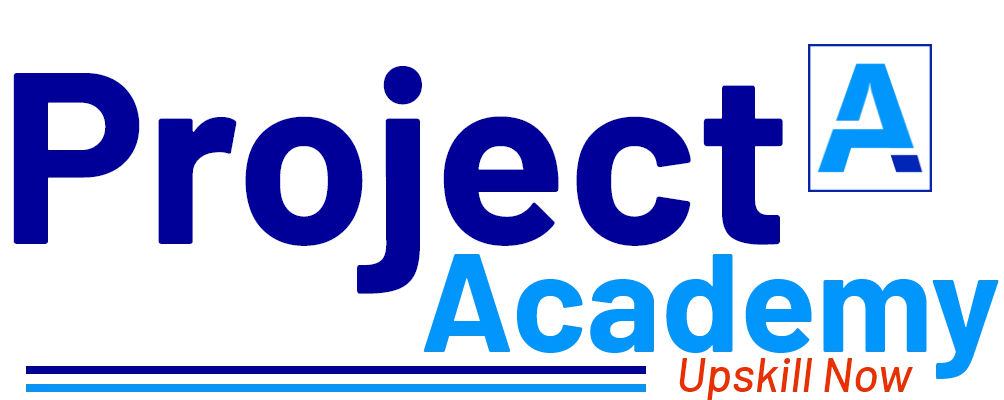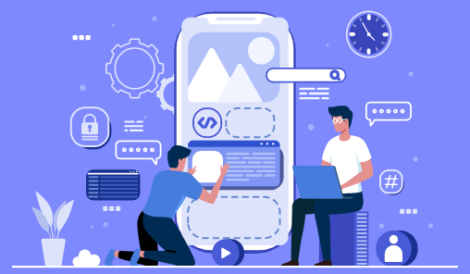Project Outline:
1) Development Phase:
The site should contain:
- Product listings: This is the core of any e-commerce website. It should include a catalog of all the products or services that you sell. Each listing should have a clear and compelling product image, a description, and pricing information.
- Shopping cart: This is the feature that allows customers to add products to their cart, and proceed to checkout. Make sure your shopping cart is user-friendly and easy to navigate.
- Payment options: You should offer multiple payment options, such as credit card, PayPal, and Apple Pay, to make it easy for customers to pay for their orders.
- Shipping information: Customers want to know how much shipping will cost, and how long it will take to receive their order. Be transparent about your shipping policies and provide tracking information if possible.
- Contact information: Make sure your contact information, including email, phone number, and physical address, is easy to find on your website. This helps build trust with customers and can also improve your website’s search engine ranking.
- Returns and exchanges: Having a clear policy for returns and exchanges can help reassure customers that they can shop with confidence.
- Customer reviews: Including customer reviews and ratings can help build trust with potential customers, and also provide valuable feedback to help improve your products and services.
- Security and privacy information: Be sure to include information on how you protect your customers’ sensitive information, such as credit card data, and how you handle their personal data.
- About us page: Providing information about your company, your mission, and your team can help build trust and create a connection with customers.
- Blog or content section(if required): Creating valuable content related to your products and services can help improve your website’s search engine ranking, and also provide value to customers.
2) Testing Phase:
- Conduct functional and usability testing.
- Fix bugs and improve the website performance.
Applications:
- Online Retail: E-commerce websites are primarily used to sell products directly to consumers. Online retail businesses can sell a wide range of goods, from clothing to electronics, home goods to health products. E-commerce websites offer customers the convenience of shopping from anywhere at any time, with the ability to browse a vast selection of products and compare prices easily.
- Online Booking and Reservation: E-commerce websites are also used for booking and reservation of products or services. Examples include hotel and flight bookings, event tickets, car rentals, and restaurant reservations. These websites offer the convenience of 24/7 online access to available services and reservations.
- Digital Products and Services: E-commerce websites are also used to sell digital products and services, such as e-books, online courses, music and videos, and software applications. These products can be easily downloaded by customers, allowing them to access them immediately.
- Business-to-Business (B2B) Transactions: E-commerce websites are increasingly being used for B2B transactions. These websites enable businesses to order and manage their supplies, and make it easier for suppliers to reach out to potential buyers.
- Social Commerce: E-commerce websites can also be integrated with social media platforms, allowing customers to browse and buy products directly from social media pages. Social commerce allows businesses to leverage the reach of social media to increase sales and customer engagement.
- Subscription-Based Services: E-commerce websites can also be used for subscription-based services, such as monthly box subscriptions for products like food, beauty products, and pet supplies. These websites allow customers to subscribe to the service and receive regular deliveries of products.
Hardware and software requirements:
Hardware requirement
A laptop with:
- At least Intel i3 core processor.
- A minimum of 4GB RAM
- Hard disk with at least 200GB of storage
Software requirement
- E-commerce platform: This is the foundation of your e-commerce website. There are many e-commerce platforms such as Shopify. These platforms provide all the necessary features and functionality to manage an online store.
- Content management system (CMS): A CMS like WordPress, Drupal or Joomla, will allow you to manage your website content, including pages, blog posts, and product descriptions.
- Payment gateway: This is a service that enables you to process payments from customers. Popular payment gateways include PayPal, Stripe, and Authorize.net.
- Shopping cart: A shopping cart software is what allows customers to select and purchase products on your website. Most e-commerce platforms have a built-in shopping cart feature.
- Shipping software: You’ll need a shipping solution to manage your orders, print shipping labels, and track packages. Some popular options are ShipStation, Shippo, and EasyPost.
- Analytics tool: It’s important to track and analyze your website’s performance. Google Analytics is a free and popular tool that provides a lot of useful data.
- Security software: With sensitive customer information being processed, it’s important to ensure the security of the website. Secure Sockets Layer (SSL) encryption, two-factor authentication, firewalls and backups are some of the tools used to enhance website security.
Tool:
A modern web browser, integrated development environment (IDE), and text editor are essential tools for web development. Popular IDEs include Visual Studio Code, Atom, and Sublime Text, while popular text editors include Notepad++, Brackets, and TextMate.
Technology:
Full stack technology refers to the entire depth of a computer system application, and full stack developers straddle two separate web development domains: the front end and the back end. The front end includes everything that a client, or site viewer, can see and interact with.
What You’ll Learn after doing this project?
- Web development skills.
- UI design.
- Cloud hosting
- Reporting and analytical tools.
- User experience design.
- Content management.
- Project management.
- Problem solving.




